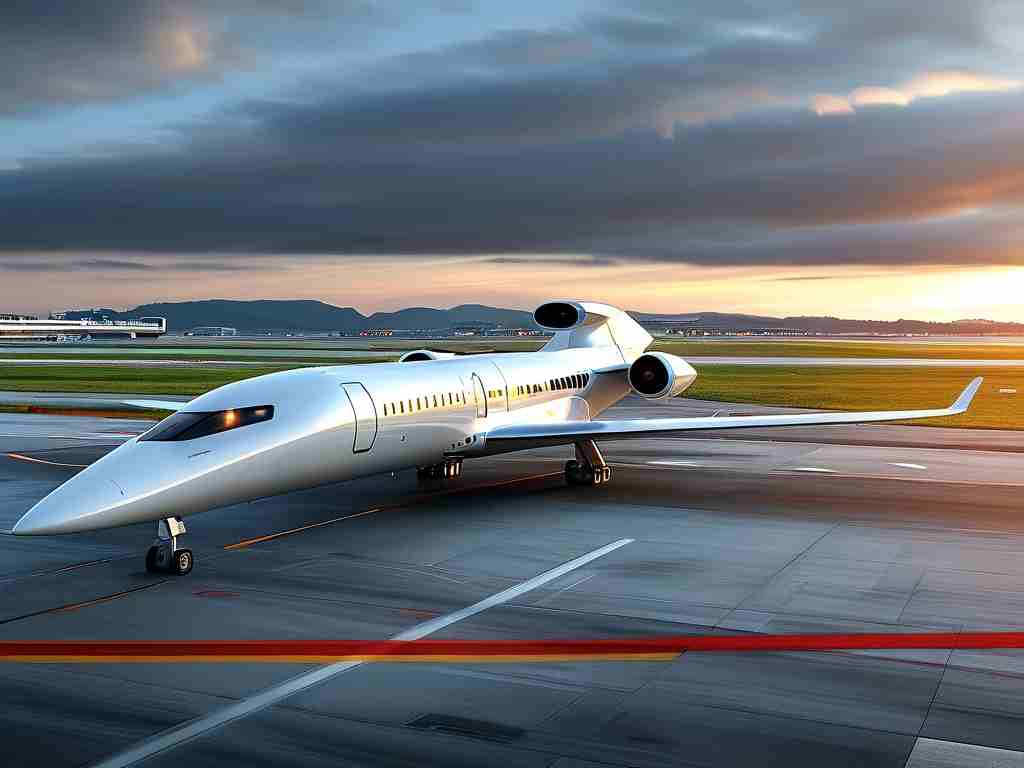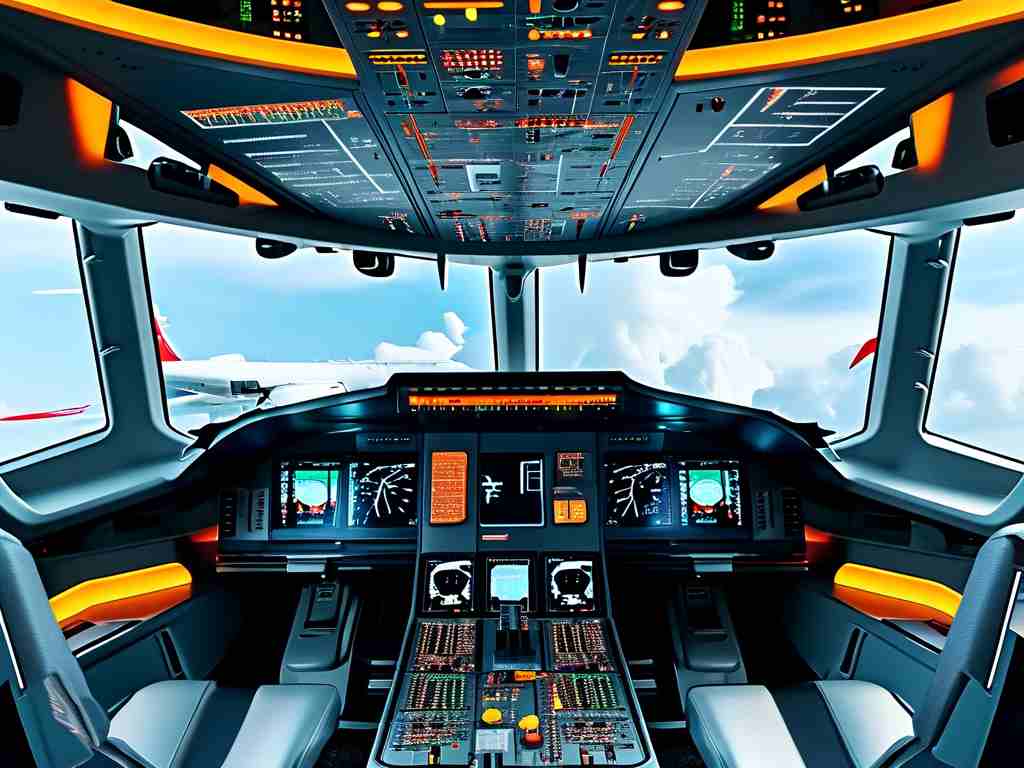Modern aircraft rely on sophisticated computer systems to manage flight controls, navigation, and onboard diagnostics. A critical question in aviation engineering revolves around determining the appropriate memory capacity for these mission-critical systems. Unlike consumer electronics, aircraft computers must prioritize reliability and real-time responsiveness over raw processing power, making memory optimization a nuanced challenge.

The Role of Memory in Aviation Systems
Aircraft computers handle diverse tasks ranging from autopilot operations to engine performance monitoring. These systems require both volatile memory (RAM) for temporary data processing and non-volatile memory (ROM) for storing essential firmware. For example, the Flight Management System (FMS) in a commercial airliner typically utilizes 2-4 GB of RAM to process real-time flight data, while critical control units like the Full Authority Digital Engine Control (FADEC) may operate with as little as 512 MB due to their specialized, repetitive functions.
Factors Influencing Memory Requirements
- Redundancy Requirements: Aviation standards mandate redundant systems to ensure fail-safe operations. This doubles or triples memory needs for critical components.
- Data Resolution: High-precision sensors in modern aircraft generate vast amounts of data. Lidar systems alone can produce over 1 TB of data per hour, requiring efficient memory buffers.
- Certification Constraints: Regulatory bodies like the FAA enforce strict limits on software complexity. ARINC 653-compliant systems often partition memory to isolate functions, reducing overall utilization.
Case Study: Boeing 787 vs. Airbus A350
The Boeing 787's Integrated Modular Avionics (IMA) architecture uses a centralized 8 GB memory pool shared across 80+ applications. In contrast, Airbus A350 employs distributed modules with dedicated 1-2 GB memories per subsystem. While Boeing's approach allows flexibility, Airbus emphasizes fault containment. Both designs meet DO-178C Level A safety standards but showcase different memory allocation philosophies.
Future-Proofing Considerations
With the advent of AI-assisted navigation and predictive maintenance, next-gen aircraft may require 16-32 GB of unified memory. However, radiation-hardened memory chips for aerospace applications currently max out at 8 GB due to physical constraints. Researchers are exploring 3D-stacked memory and quantum-resistant storage solutions to bridge this gap.
Practical Recommendations
For most commercial aircraft:
- Primary flight computers: 4-8 GB DDR4 with error correction
- Entertainment systems: 16-32 GB (non-critical)
- Black box recorders: 1-2 TB solid-state storage
Striking the right balance ensures systems remain responsive without introducing unnecessary complexity—a principle encapsulated in the FAA's "minimum required capability" guidelines. As one Airbus engineer noted: "In aviation, every megabyte must justify its weight in gold."
Emerging Technologies
Phase-change memory (PCM) and magnetoresistive RAM (MRAM) promise higher density and radiation tolerance. Lockheed Martin's recent tests with 5-nanometer MRAM chips demonstrated 40% better power efficiency than traditional flash memory, potentially revolutionizing onboard storage architectures.
In , while 4-8 GB appears optimal for current aviation computers, evolving demands will push this threshold higher. The key lies in implementing tiered memory architectures that separate safety-critical functions from ancillary systems, ensuring both performance and airworthiness.









